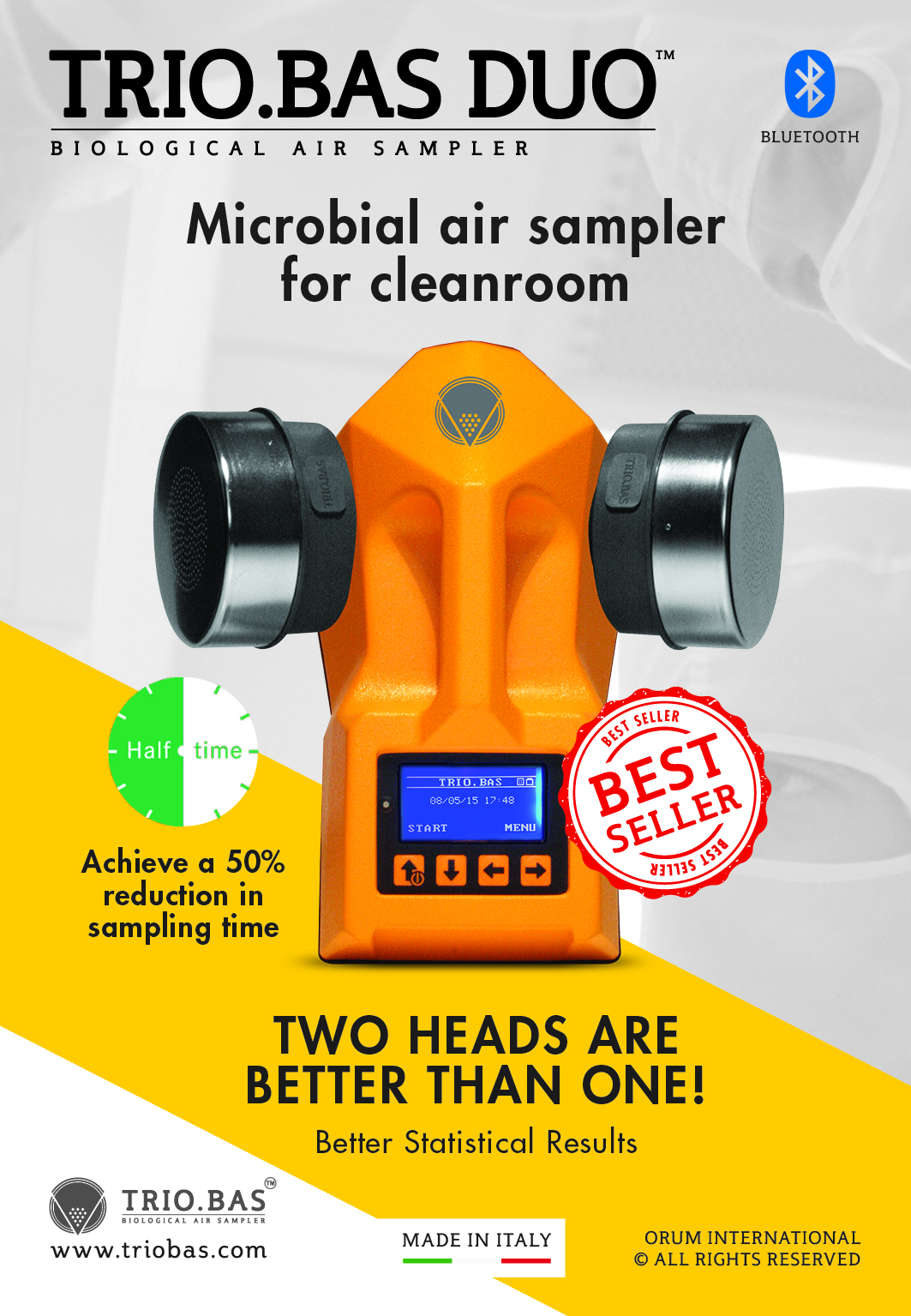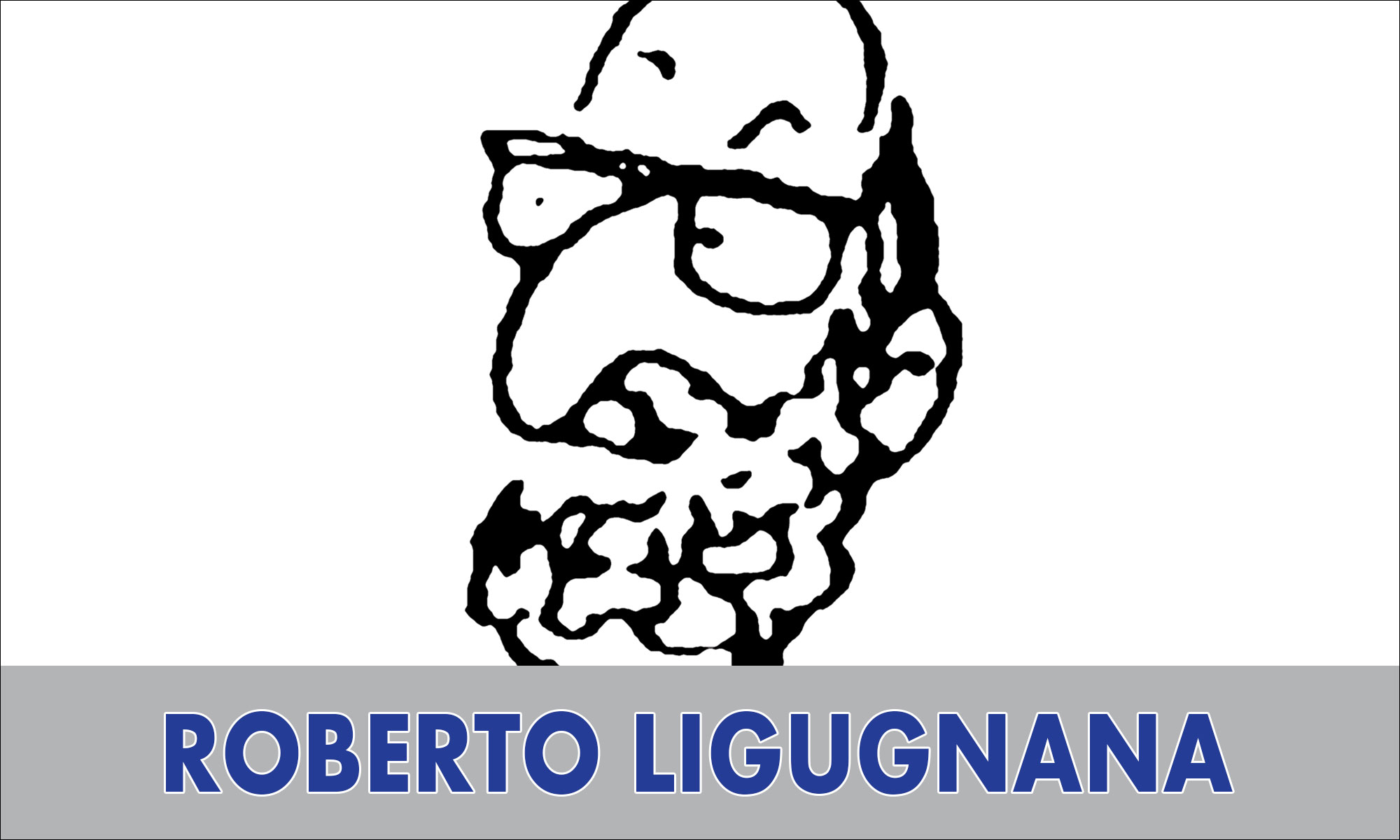Clean room, RABS, Isolator
Clean Rooms, RABS and Isolators: Validation and Monitoring in the Diverse World of Aseptic Processing
Aseptic processing has become a diverse manufacturing technology, which is to say that there are at least three major means of accomplishing an acceptable outcome. ‘Acceptable’ in this case is defined as, ‘an application of aseptic technology(s) that are approved for use by a competent regulatory authority.’ The major categories of aseptic processing technologies are:
1. Manned human-scale clean rooms (aseptic clean rooms)
2. Restricted Access Barrier Systems (RABS)
3. Isolation technology (Isolators)
If one considers that some firms have taken a mix and match approach the permutations are nearly endless. For example, the authors have observed single aseptic processing production lines in which isolators, RABS and clean rooms are used in combination. If we further consider that there are RABS systems which allow open door access (open-RABS) and those that do not (closed-RABS) the number of permutations increases [1]. Isolators can also be found in both ‘open’ and ‘closed’ designs [2].
Of course, these differences in aseptic technology would be completely inconsequential if all three of these major classes of technology, and permutations and variations resulted in truly equivalent performance. In a world of absolute technological equivalence a “one size fits all” approach to aseptic processing regulation would be both reasonable and rational philosophically, and even more importantly, scientifically legitimate.
Different Means to the Same Outcome?
One could, of course, say that obviously all of the technologies result in a uniform end, which is to say they are all accepted means to manufacture “sterile” products. Logically, since the definition of sterility most typically applied is complete absence of viable organisms for a condition of technological equivalence to be in place, the major categories of aseptic processing would be (should be) capable of equivalent outcomes. Now, the reader having come this far might be thinking that the authors are playing some kind of semantic game, because there is a general understanding that isolators, and certainly closed RABS are more capable (lower risk) contamination control modalities than aseptic clean rooms. In fact, the FDA’s principle aseptic processing guidance document asserts that isolators are superior in their ability to control contamination and suggests that this could accrue to benefits in reduced validation workload [3].
The authors strongly support the assertion that isolators are superior to manned clean rooms in their ability to restrict the entry of contamination into the manufacturing environment [4]. Though acknowledgement of this superiority can be found and suggestions of risk-based reduction in emphasis on standard validation and process control approaches can similarly be found in published regulatory opinion; industry remains a long way from a true risk- and science-based approach to aseptic processing [5].
What Would a True Risk and Sciencebased Approach Look Like?
The simplest and most direct way to implement a risk-based approach is to take proactive steps to minimize contamination released by humans in clean rooms. We find that both industry specialists and regulatory authorities tend to overemphasize contamination contributed by equipment, and processing environments relative to human borne contamination. We hear far too much discussion of contamination passing through HEPA filters (highly unlikely) and of contamination residing more or less permanently on walls and floors. Experience has taught us that most contamination in a clean room is transient and human sourced, so it follows that controlling human-derived contamination is the most effective way to reduce risk and, coincidentally, reduce environmental monitoring recovery (and reduce compliance risks in the bargain!).i
The most effective way to reduce human sourced contamination is simply to prevent it from entering the critical ISO 5 zone and the best way to do that is through the implementation of advanced aseptic processing technology. Advanced aseptic processing technology is quite simply defined as the elimination of interventions performed by gowned human operators [6]. Isolator technology works extremely well in this regard because it completely obviates a human-gowned presence in the critical zone.. Closed RABS systems approach this level of separation and automation accomplishes it by different but equally effective means. Increasingly we will see a combination of advanced separative technologies such as isolators and RABS used in conjunction with automation which will eliminate even those interventions currently made using glove/sleeve assemblies. Gloveless systems doing exactly that can be purchased today.
Contemporary Human-scale Cleanrooms are Less Risk Intensive Than Prior Designs for the Following Reasons:
1. The greatest single advancement in aseptic processing has been the elimination of interventions using various types of automation. Examples include, depyrogenation tunnels, automatic lyophilizer loading, clean-in-place/sterilize-in-place systems and automated weight check/adjustment.
2. A clear recognition of the importance of the need for sufficient air exchange.. Thirty years ago Class 100 was restricted to the zone immediately over the fill line and the total air changes per hour in the entire fill room rarely exceeded 100. Today, wall-to-wall HEPA coverage in ISO 5 environments is commonplace which results in up to 800 air changes per hour. Coupling this level of air movement with lower operator populations due to increased automation further reduces risk.
3. Improved gowning materials are effectively highly efficient filters and they are more effective at preventing human contamination from entering the workspace.
In even the best manned operations we often find that better attention to detail will reduce contamination risk further still. Two factors that can further reduce environmental monitoring “hits” are:
1. Being intolerant of equipment- and component-driven malfunctions. We often see poor component feeding, line jams and frequent line stoppages for adjustment. In aseptic processing poor performing equipment or improperly prepared (and thus poorly machineable ) components should not be tolerated at all [7].
2. Eliminating interventions to the maximum extent possible [8,9]. Our philosophy is that the only good intervention is the one that didn’t take place. This philosophy serves as the basis for our risk measurement and mitigation approach [10,11]. Just because clean room performance and operator gowns have improved doesn’t mean that interventions should be tolerated. The best aseptic operations are those in which inherent interventions are made as safe as possible and continued efforts are made for the elimination of corrective interventions.
Controlling is Always Better than Measuring Contamination
The advancements in aseptic processing over the last thirty years have made environmental monitoring substantially less useful than it once was [12]. We realize that this is a controversial statement and we understand that environmental monitoring is as heavily emphasized in regulatory inspections now as it was three decades ago, which means that a firm would ignore monitoring at some substantial peril. However, as a tool for identifying risk in aseptic processing it no longer provides the burning insights it did in the not too distant past when contamination control performance was substantially inferior. We honestly find reviewing aseptic processing environmental monitoring results in 2011 to be one of the most boring activities imaginable. In critical manned ISO 5 areas we typically see random low level counts. This means a long string of zeros interspersed with the very occasional recovery of a viable isolate. Take away the human operators through use of isolators or other advanced aseptic technologies and you have the long strings of zeros without any of the interspersed recoveries.
Ironically, the result of this improved performance manifesting itself as low recovery rates has resulted in a tendency to over-interpret the data. As “counts” become infrequent and low there began a tendency to try to parse differences between analytically and statistically identical findings. One obvious example is the establishment of alert and action levels that differ by one colony forming unit. Equally scientifically in appropriate are expectations that when low level microbial recoveries are seen major investigations are required and lot rejection should be considered. Microbiological sampling and recovery techniques used in monitoring simply don’t have sufficient sensitivity or discrimination for differences of this nature to have any scientific meaning. Nor do we have adequate controls to assure that the detected microbe was not the result of the sampling process and had no relation at all to the materials being produced. The fact is that modern manned clean rooms as good as they are aren’t “sterile” and unless we put people in hermetically sealed space suits we never will attain sterility within them. Therefore, wisdom requires the acceptance of the occasional evidence of a low level of random background counts.
Two statements we often hear made that betray a misunderstanding of monitoring metrology are:
1. Since we see so many zeroes we should increase monitoring intensity.
2. A single data point can be reflective of an adverse trend.
Really, increasing monitoring intensity in nearly all instances is only going to result in more zeroes, a phenomenon we’ve seen over and over again. Too often the most common intervention in aseptic processing is environmental monitoring, which is completely illogical. What this means is that the method erroneously relied upon to measure risk is itself the greatest source of human contamination risk! The fact is continuous monitoring for all the ballyhoo associated with it accomplishes little or nothing. In a clean room that provides hundreds of air changes per hour the volume of air moving through it is so large that sampling five or ten cubic meters per hour from a few continuous monitoring systems amounts to a sample so minuscule as to be trivial.
Trends in a modern clean room simply do not exist and defining a single data point as an adverse trend cannot change this fact. How can one consider a room in which the recovery of counts is something like 0.5% of the total samples taken and the majority of counts within a small number of normal human flora species to produce any kind of “trend.” The fact is it is rather pointless at this point in the development of aseptic technology to be thinking of trends, that word may have had meaning in the 1980’s when it entered the regulatory compliance lexicon, but aseptic processing today is a far different world.
Monitoring, Validation and Modern Technology
The more advanced our contamination control technologies become in aseptic processing the less useful monitoring itself becomes. In isolators and closed RABs monitoring efforts simply do not produce enough signal (data) to be useful. Observing lots and lots of zeroes is reassuring and provides some compliance comfort but it does not produce actionable data. Where advanced aseptic technologies are used we should be relying almost exclusively on evaluation of physical parameters, and electronic particulate monitoring, which produce data that can be reviewed in real time rather than requiring several days of incubation.
We believe that media fill testing in advanced aseptic technology should be reduced as well, in fact we consider it a wise regulatory strategy to make good on the promise of risk- and science-based regulation by eliminating as much validation busy work as possible. We believe this is consistent with the concept of quality by design. It should reasonably follow that when quality by design is taken seriously and done well, then antiquated methods no longer able to provide useful data regarding the performance of well-designed, high-quality systems should be either eliminated, or at least their usage greatly reduced.
Manned Clean Rooms and Monitoring Requirements
Aseptic processing can be more readily improved through the reduction of interventions and focus on improved operations than by monitoring. Monitoring in manned clean rooms will continue to have a purpose albeit an increasingly marginalized one. Here to, where operational history demonstrates that a continuous state-of-control at a baseline level has been established a reduction in monitoring and media fill testing is reasonable, proper and even prudent.
Final Thoughts
We realize that our thoughts regarding microbiological monitoring and traditional validation approaches as applied to modern aseptic processing will seem radical to some readers at first. Scientifically, however, we steadfastly believe our suggestions are eminently rational. It is only our culture that causes them to appear radical. Times change and hanging onto old ways beyond their usefulness is neither wise process control, nor wise regulation. Worse than hanging onto old ways is misapplying these old ways, because we are fearful of letting them go.
We leave you with one last warning, lately we have begun hearing that the problem with monitoring is that we haven’t yet sufficiently applied rapid instrumental microbiological technologies to the task. We’ve heard advanced the idea that all that stands between us and the ability to measure “sterility assurance” in process is better analytical technology. While some methods may bring with them the potential for increased sensitivity, they still fall prey to the realities of sampling statistics. Getting a test result hours or even minutes after it is taken has no bearing on whether the result has any real utility. Measuring sterility would require an assay capable of detecting any contaminant with total and absolute reliability and also the ability to take an infinite sample size. It is impudent to think that our culture of attempting to monitor quality into aseptic processes will somehow be perpetuated by new analytical technology.
Validation has long been recognized as advantageous because it breaks our reliance on testing quality into product. It seems obvious that it is equally impossible to monitor quality into a process or product. Newer initiatives such as quality by design and risk- and science-based processing (regulation) are like validation before them recognitions that testing quality into a system has real limitations. Monitoring quality into a system likewise has limitations, a fact we would be unwise to ignore.
Environmental monitoring is a tool and like any tool it must fit the task. As our ability to control contamination improves it is clear that this legacy “tool” has less much value than it once did when aseptic processing environments were in a less effective state of contamination control. As a tool to assert “sterility assurance” environmental monitoring is sorely lacking, as a tool to assess that an environment is essentially in a controlled state it is perhaps suitable. Accomplishing that realistic objective does not require an ever increasing increase in monitoring intensity.
We believe that in advanced aseptic systems electronic total particulate analysis either is largely sufficient to provide the information required to ensure the maintenance of a validated state of environmental control. If a microbiological sampling component is retained by regulators it should operate at a much lower sampling intensity than that currently expected in manned clean rooms. In highly automated manned clean rooms we believe that a reduced reliance on microbiological monitoring is reasonable and prudent. We see no reason why monitoring programs shouldn’t be sized to fit patient risk and consider the underlying process technology, as determined scientifically. We hope that experts from industry and the regulatory agencies can have frank discussions regarding the current state of aseptic process control and work cooperatively to devise the best scientific path forward. Aseptic processing as a discipline is advancing rapidly and we should not be tied to traditional practices however well entrenched they may be.
i A cleanroom is specifically designed to maintain a clean state through the selection of materials, HEPA filtered air supply, and other features that make it suitable for its intended purpose. When coupled with the rigorous decontamination regimes commonly used, they serve as poor environments for microbial survival let alone propagation.
References
1. ISPE RABS definition, circ 2005.
2. PDA, TR #34, “Design and Validation of Isolator Systems for the Manufacturing and Testing of Health Care Products”, PDA Journal of Pharmaceutical Science and Technology, Vol. 55 No. 5, supplement, 2001.
3. FDA, Guideline on Sterile Drug Products Produced by Aseptic Processing, 2004.
4. Agalloco, J., Akers, J., Madsen, R., “Choosing Technologies for Aseptic Filling – Back to the Future?”, Pharmaceutical Engineering, Vol. 27, No. 1, p 8-16, 2007.
5. FDA, Guideline on Sterile Drug Products Produced by Aseptic Processing, 2004.
6. Akers, J., Agalloco, J., Madsen, R., “What is Advanced Aseptic Processing?”, Pharmaceutical Manufacturing, Vol.4, No.2, pp 25-27, 2006.
7. Agalloco, J., Akers, J., “The Myth Called Sterility”, Pharmaceutical Technology, Vol. 34, No. 3, Supplement, pp. S44-45, 2010. Continued online at Pharmtech.com.
8. Agalloco, J., Akers, J., “The Truth about Interventions in Aseptic Processing”, Pharmaceutical Technology, Vol. 31, No.5, p. S8-11, 2007.
9. Agalloco, J., & Akers, J., “Revisiting Interventions in Aseptic Processing”, Pharmaceutical Technology, Vol. 35, No.4, pp 69-72, 2011.
10. Agalloco, J., Akers, J., “Risk Analysis for Aseptic Processing: The Akers-Agalloco Method”, Pharmaceutical Technology, Vol. 29, No.11, p. 74-88, 2005.
11. Agalloco, J., Akers, J., “Simplified Risk Analysis for Aseptic Processing: The Akers-Agalloco Method”, Pharmaceutical Technology, Vol. 30, No.7, p. 60-76, 2006.
12. Akers, J. & Agalloco, J., “Environmental Monitoring – Myths and Misapplications”, PDA Journal of Pharmaceutical Science and Technology, Vol. 55, No. 3, p. 176-184, 2001.
Author Biographies
James E. Akers, Ph.D., is President of Akers Kennedy & Associates, Inc., located in Kansas City, MO. Dr. Akers has over 25 years experience in the Pharmaceutical industry and has worked at various director level positions within the industry and for the last decade as a consultant. Dr. Akers served as President of the PDA from 1991 to 1993 and as a member of the PDA Board of Directors from 1986-1999. Currently, he is Chairman of the USP Committee of Experts Microbiology and Sterility Assurance, as well co-chairman of the PDA Isolator Technology Task Force, Aseptic Processing Task force and member of several recent program committees.
Dr. Akers has lectured world-wide, and taught numerous pharmaceutical technology courses world-wide including training for the US/FDA. Dr. Akers has also authored over eleven textbook chapters, edited a book on isolation technology, has a second book on isolator technology in preparation, and authored more than 100 technical and review articles on a variety of subjects including validation, aseptic processing, contamination control, environmental monitoring and control, biotechnology, isolator technology, sterilization and disinfection, sterility testing, media fill testing, HACCP analysis, pharmaceutical microbiology and regulatory compliance.
James Agalloco is President of Agalloco & Associates, a technical service firm to the pharmaceutical and biotechnology industry. He was previously Director, Worldwide Validation and Automated Technology for Bristol-Myers Squibb. He received his BS in Chemical Engineering from Pratt Institute in 1968 and his MS, also in Chemical Engineering from Polytechnic Institute of New York in 1979. He received his MBA in Pharmaceutical Studies from Fairleigh Dickinson University in 1983. He is a past President of the Parenteral Drug Association and served as an Officer or Director from 1982 to 1993. He has served as a chairman and member of numerous PDA committees. He is a frequent author and lecturer on the subject of process and computer systems validations.

















